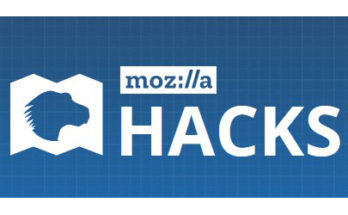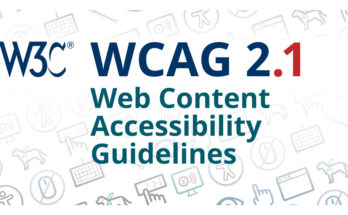“Two Paths for Digital Disability Law”
Communications of the ACM, May 2022, Vol. 65 No. 5, Pages 36-38
Law and Technology
By Blake Reid
“Digital accessibility has its roots in a decades-long legal movement.”
People with disabilities often cannot count on modern digital devices, software, and services to be accessible. Will streaming video platforms include closed captions for viewers who are deaf or hard of hearing? How will virtual assistants work for users with speech disabilities? Can websites be read aloud by text-to-speech engines for readers who are blind or visually impaired? How will smartphones be accessed by people with physical and mobility disabilities? What barriers do increasingly complex applications pose for people with cognitive and intellectual disabilities?
Some tech companies highlight accessibility in their design and marketing, but many have become the targets of lawsuits and regulatory enforcement for inaccessible products and services. Indeed, digital accessibility has its roots in a decades-long legal movement.
Digital disability law has evolved along two paths. One, using the Americans with Disabilities Act (ADA), focuses on making online “places” as accessible as offline ones. The other, using telecommunications laws such as the Twenty-First Century Communications and Video Accessibility Act (CVAA), focuses on making technologies themselves accessible. Both efforts are critical to an accessible future.
Online Places
In 1966, disability rights pioneer Jacobus tenBroek advocated for a “right to live in the world”—”in all the places where men are, go, live, work, and play.” tenBroek’s “place”-focused ideal became the heart of the ADA’s prohibition on discrimination against people with disabilities in “places of public accommodation.”
The ADA was enacted in 1990, just prior to the dawn of the commercial Internet. Applying the ADA’s mandate to the digital world raised a difficult metaphysical question: Is a website a kind of “place” under the ADA? Disability rights advocates have litigated this question for two decades, with many cases focused on the compatibility of websites with screen-reader software used by blind and visually impaired users. The answer remains unsettled.
About the Author:
Blake Reid is Clinical Professor at the Samuelson-Glushko Technology Law and Policy Clinic, Colorado Law, University of Colorado Boulder, CO, USA.






